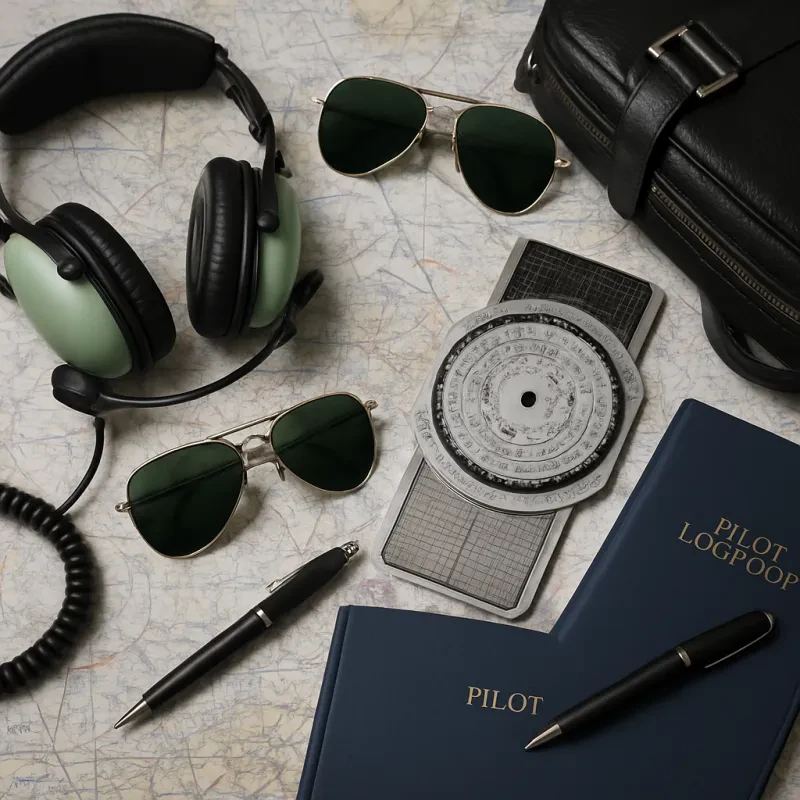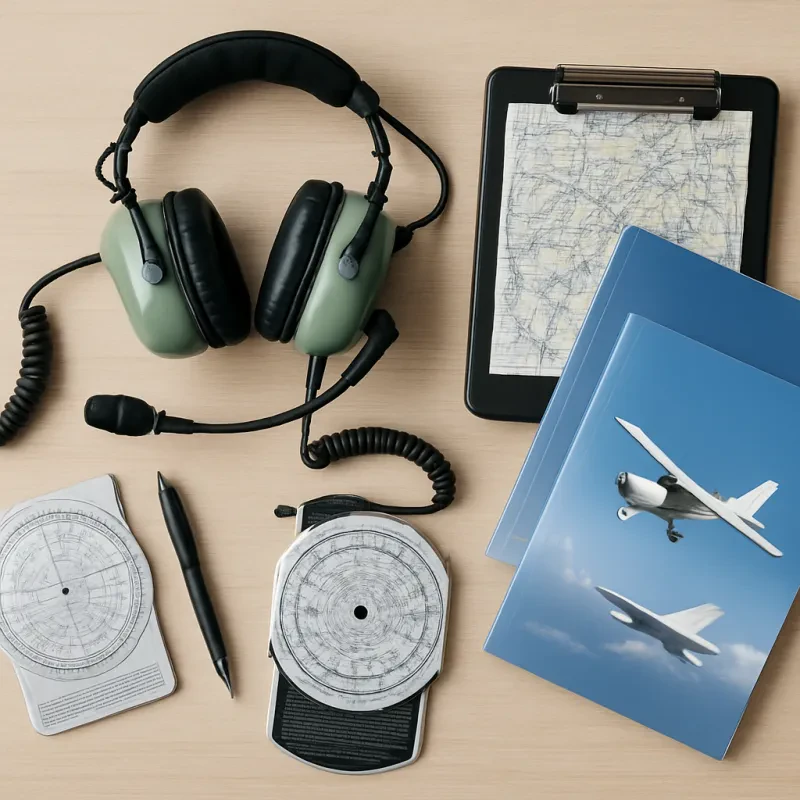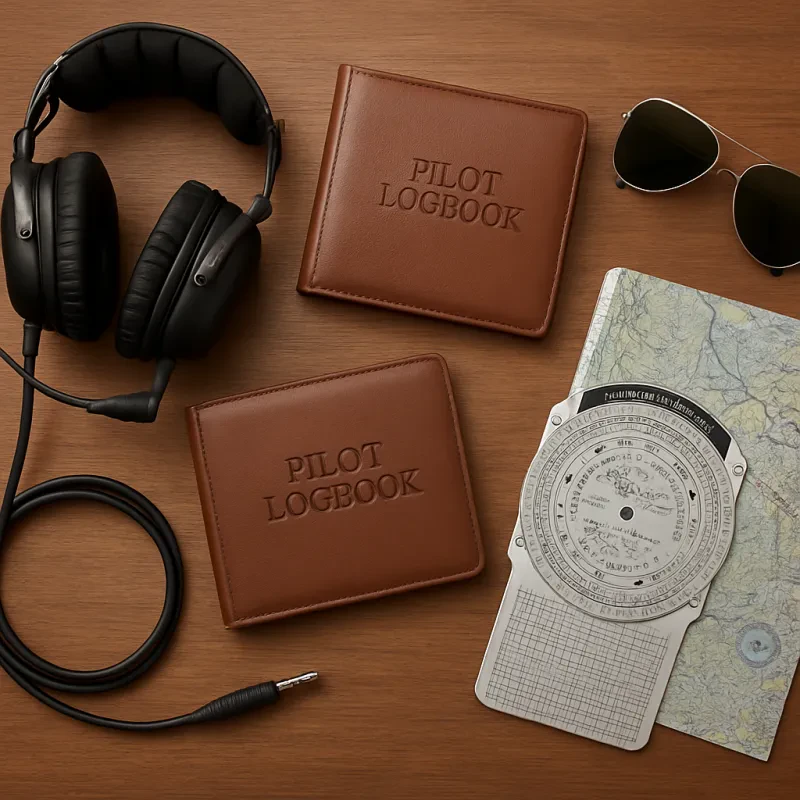In the fast-paced and high-stakes world of aviation, effective communication is absolutely crucial for the safety of all passengers and crew members. Lightweight headsets are revolutionizing the way pilots communicate in the cockpit, providing a comfortable and efficient solution for clear and reliable communication.
Gone are the days of bulky and cumbersome communication devices that can be a distraction and discomfort during long flights. Lightweight headsets offer a sleek and streamlined design that allows pilots to stay focused on the task at hand while ensuring that they can easily hear and be heard by their fellow crew members and air traffic controllers.
With the use of lightweight headsets, pilots can enjoy improved clarity of communication, reducing the risk of miscommunication and errors that can have serious consequences in the air. These cutting-edge devices are enhancing the communication capabilities of pilots, helping to create a safer and more efficient flying experience for everyone on board.
Durable Flight Jackets Provide Superior Protection
Flying can be an exhilarating experience, but it also comes with its own set of risks. That's why having the right gear is crucial for pilots to ensure their safety during flights. One essential piece of equipment that every pilot should have is a durable flight jacket. These jackets are designed to provide superior protection against the elements and offer a high level of comfort and durability.
Durable flight jackets are made from high-quality materials that are resistant to tears and abrasions. This means that they can withstand the wear and tear that comes with frequent use, making them a reliable choice for pilots who are always on the move. In addition, these jackets are designed to be breathable and lightweight, so pilots can stay comfortable in all weather conditions. Their superior protection ensures that pilots stay warm and dry, no matter what challenges they face during their flights.
Another key feature of durable flight jackets is their enhanced safety features. Many of these jackets come with built-in safety harnesses and reflective strips that make pilots more visible in case of an emergency. This added protection can make all the difference in a dangerous situation, helping pilots stay safe and secure during their flights. With their superior protection and advanced safety features, durable flight jackets are truly revolutionizing pilot gear for safer flights.
Ergonomic Flight Bags for Organized and Efficient Storage
Flying can be a demanding job that requires pilots to be prepared for any situation that may arise. This is why having a well-organized and efficient storage system is crucial for ensuring a safe and successful flight. The use of ergonomic flight bags can revolutionize the way pilots store their gear, making it easier for them to access essential items quickly and efficiently.
These specially designed flight bags are crafted with the pilot's needs in mind, featuring multiple compartments and pockets to help keep everything in its proper place. From headsets and navigation tools to charts and emergency supplies, these bags are equipped to handle a variety of gear without sacrificing organization. This means that pilots can spend less time fumbling around looking for what they need and more time focused on flying.
In addition to their organizational benefits, ergonomic flight bags also offer comfort and convenience for pilots on the go. With padded shoulder straps and adjustable handles, these bags can be easily carried around the airport or cockpit without causing strain or discomfort. This allows pilots to stay focused and alert during their flights, knowing that their gear is securely stored and easily accessible at all times.
Innovative Avionics Systems Improve Navigation Accuracy
Innovative avionics systems are transforming the way pilots navigate the skies, enhancing safety and accuracy like never before. One such advancement is the introduction of GPS-based navigation systems, which offer precise positioning data to pilots in real-time. These systems rely on signals from satellites to provide accurate information on aircraft location, speed, and altitude, enabling pilots to navigate with confidence even in challenging weather conditions or unfamiliar terrain.
Another groundbreaking innovation in avionics is the development of synthetic vision systems, which use advanced computer graphics to create a virtual depiction of the surrounding environment for pilots. This technology allows pilots to visualize their flight path with unparalleled clarity, making it easier to avoid obstacles and navigate with precision. By providing a 3D representation of the terrain, weather conditions, and other aircraft in the vicinity, synthetic vision systems significantly enhance situational awareness and reduce the risk of accidents.
Furthermore, the integration of data link communications systems in modern aircraft has revolutionized the way pilots communicate with air traffic controllers and other aircraft. These systems enable pilots to exchange text messages, flight plans, and important updates with ground personnel and other aircraft in real-time, streamlining communication and enhancing coordination during flights. By providing a seamless means of communication, data link systems help pilots stay informed and connected throughout their journey, contributing to safer and more efficient flights.


